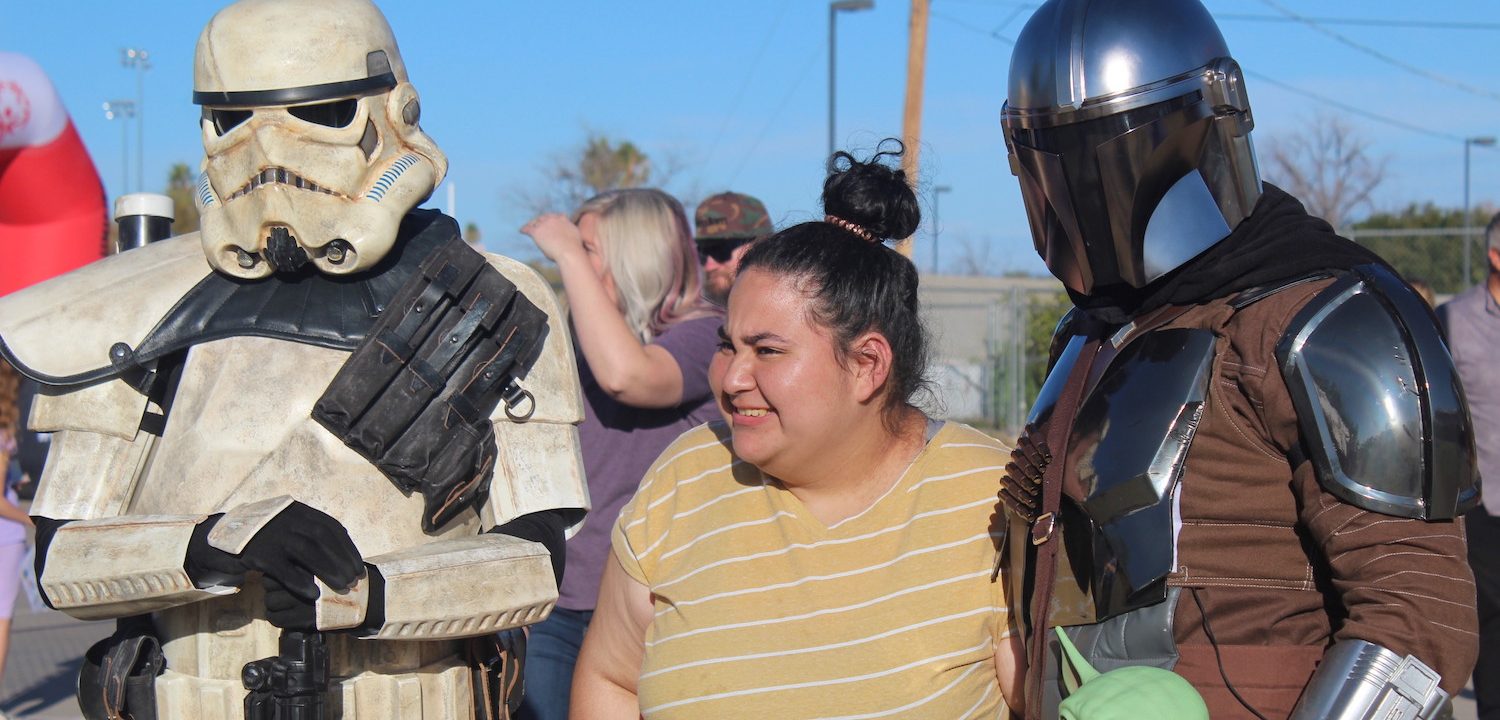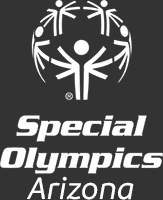
Treatments for Williams Syndrome
Treatments for Williams Syndrome
Williams syndrome, a rare genetic condition, presents a unique set of challenges for those affected. The neurodevelopmental condition affects the cognitive development and facial structure of individuals who have it and is rare, affecting only 1 in every 10,000 children born in the United States. Individuals with Williams syndrome often have unique personality characteristics, such as over-friendliness and high levels of empathy and anxiety. Many people are unaware of Williams syndrome due to its rarity, and some individuals will go their entire lives without being diagnosed with it. Despite the rarity of this genetic disorder, there are a number of treatment options that have emerged as great options for individuals with Williams syndrome. The Special Olympics AZ team is breaking down the treatments: from early intervention and education to surgical solutions.
Heart Catheterization or Surgery
At the core of Williams syndrome lies an intricate relationship with cardiovascular issues. While there is no specific cure, heart-related treatments play a pivotal role. Heart catheterization or surgery, emerges as a crucial treatment that many individuals will be recommended to explore or undergo. The delicate procedure of heart catheterization involves threading a thin tube through blood vessels to the heart, addressing issues such as narrowed arteries or valve abnormalities. Alternatively, surgical interventions may be employed to rectify complex cardiac anomalies. This realm of treatments aims to optimize heart function and mitigate the challenges posed by the cardiovascular intricacies associated with Williams syndrome. When an individual has received a Williams syndrome diagnosis due to the common heart problems associated with the disorder, they will likely be referred to a cardiologist, who will provide more information on the necessity of procedures like a heart catheterization or surgery.
Early Intervention and Educational Therapy
The landscape of Williams syndrome extends beyond the physiological, delving into the realms of cognitive and developmental challenges. Early intervention emerges as a cornerstone in this journey. By identifying and addressing developmental milestones at an early age, individuals with Williams syndrome can navigate a tailored path towards optimal growth and learning. Educational therapy plays a pivotal role, aligning with the unique cognitive profile of Williams syndrome. Tailored educational approaches cater to individual strengths and challenges, creating an environment where learning becomes a personalized and enriching experience. The synergy between early intervention and educational therapy sets the stage for individuals with Williams syndrome to unfold their cognitive potential and engage with the world in meaningful ways.
Treatment Therapies
If your child is diagnosed with Williams syndrome, they will likely be referred to a team of specialists and doctors who understand this rare genetic disorder and can provide valuable treatments to improve the quality of life and help you and your child navigate some of the difficulties associated with Williams syndrome. A number of therapies may be recommended, including physical therapy, speech therapy, and occupation therapy, all of which work wonders for individuals dealing with a number of symptoms of Williams syndrome.
Physical Therapy
Physical therapy takes center stage in the treatment repertoire for Williams syndrome. The unique musculoskeletal features associated with this condition call for a specialized approach. Physical therapists craft interventions that enhance muscle strength, flexibility, and coordination. The goal is to empower individuals to navigate their physical world with confidence and independence. Through a tailored kinetic symphony, physical therapy becomes a transformative journey, unlocking the potential for improved motor skills and mobility.
Speech Therapy
The intricacy of communication encounters a unique cadence in the context of Williams syndrome. Speech therapy emerges as a guiding path, addressing challenges such as expressive language delays and pragmatic difficulties. Speech therapists work collaboratively with individuals with Williams syndrome, employing strategies that enhance communication skills, articulation, and social interaction. The harmonizing touch of speech therapy resonates beyond words, fostering meaningful connections and empowering individuals to express themselves with clarity and confidence.
Occupational Therapy
Occupational therapy joins the therapeutic ensemble, focusing on the intricacies of taking on daily activities. For individuals with Williams syndrome, navigating the nuances of fine motor skills and adaptive behaviors can present challenges. Occupational therapists step into this realm, guiding individuals towards functional independence. Through a tailored approach, occupational therapy refines skills essential for daily living, empowering individuals to engage meaningfully in self-care, work, and recreational pursuits.
Dental & Orthodontic Treatment
Beyond the realms of the heart and cognition, Williams syndrome extends its influence into the arena of dental and orthodontic considerations. Dental anomalies are not uncommon in individuals with Williams syndrome, necessitating specialized attention. Dental and orthodontic treatments come into play, addressing issues such as malocclusion, tooth abnormalities, and oral health challenges. This facet of treatment aims not only to enhance oral health but also to contribute to the overall well-being of individuals with Williams syndrome.
As with many genetic conditions, treatments for Williams syndrome reflect a multidimensional approach, addressing not only the physiological intricacies but also the cognitive and developmental aspects of this condition. From heart catheterization to educational therapy, physical, speech, and occupational therapies, each treatment modality weaves into a tapestry that seeks to optimize the unique potential of individuals with Williams syndrome. As we navigate this complex landscape, the collaborative efforts of medical professionals, therapists, educators, and families converge to empower and enrich the lives of those affected by Williams syndrome. Treatments may look different depending on the individual and their unique situation: some individuals may benefit from social training to help them handle their overt friendliness, encouraging them to take on a more appropriate greeting approach instead of their natural tendency towards hugging or kissing, and others may need a more medical based treatment approach of surgery and medication for other cardiovascular problems. Working closely with your doctor and a team of specialists will help ensure that your child gets the help and treatment they need to live a healthy and full life with Williams syndrome.



